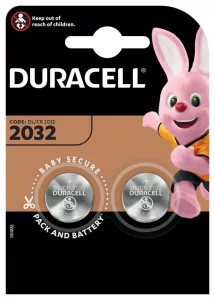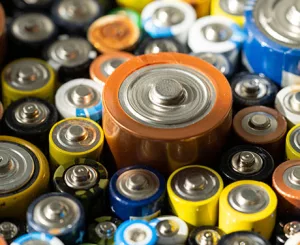
My test article
my title 1 Lorem ipsum dolor sit amet, consectetur adipiscing elit. Ut elit tellus, luctus nec ullamcorper mattis, pulvinar dapibus leo.g elit. Ut elit tellus,
Button cells are small, round, flat batteries, mainly used in small electronic devices requiring low power consumption but long life. They are so called because of their shape, which resembles a button on a piece of clothing. Here’s a complete overview of button cells, their characteristics and uses, and a few tips on how to choose the right one.
There are several different types of button cell, depending on their chemical composition. Each type is designed for specific uses, offering different voltages and performance.
Lithium button cells are the most common type used in modern electronic devices. They deliver high voltage (typically 3 volts) and long life. They are ideal for devices requiring continuous power over a long period.
These batteries offer a voltage of 1.55 volts and are renowned for their stability and ability to maintain a constant voltage throughout their service life. They are often used in precision devices.
Alkaline button cells are less expensive than other types, but have a shorter life. They also deliver a voltage of 1.5 volts, similar to silver oxide batteries, but are often less stable over time.
These batteries are specially designed for hearing aids. They offer a voltage of around 1.4 volts and are air-activated once their protective cover is removed. They provide high capacity in a compact size.
Button cells are popular for several reasons:
Button cells are used in a wide range of small electronic devices:
Here are a few criteria to help you choose the right button cell for your needs:
Button cell batteries must be handled with care, especially for safety reasons:
Storage: We recommend storing button cells in a cool, dry place. Keep them in their original packaging to avoid any contact between them, which could cause a short-circuit.
Handling: When installing, avoid touching both poles simultaneously, as this may affect battery life. Preferably use pliers to handle them.
Safety: Button cells are dangerous if swallowed, especially for young children. They can cause serious injury or internal burns. It’s vital to keep them out of reach, and to dispose of them properly when worn.
Button cells contain chemical substances that can be harmful to the environment if disposed of with household waste. It is therefore important to recycle them at specialized collection points to minimize their ecological impact. Many stores and municipalities offer free recycling services for used batteries.

my title 1 Lorem ipsum dolor sit amet, consectetur adipiscing elit. Ut elit tellus, luctus nec ullamcorper mattis, pulvinar dapibus leo.g elit. Ut elit tellus,

Although the IEC standard has become the norm, a number of battery manufacturers’ own names remain. 4.5 V , D, C, AA, AAA, AAAA, A23, 9 V , CR2032…

Choose a high grammage (250 to 300 g/m²). Check the maximum thickness or grammage recommended by your printer manufacturer and never exceed it, otherwise paper jams may occur.
Navigation
Customer info
Legal info
Inscription newsletter
Newsletter subscription